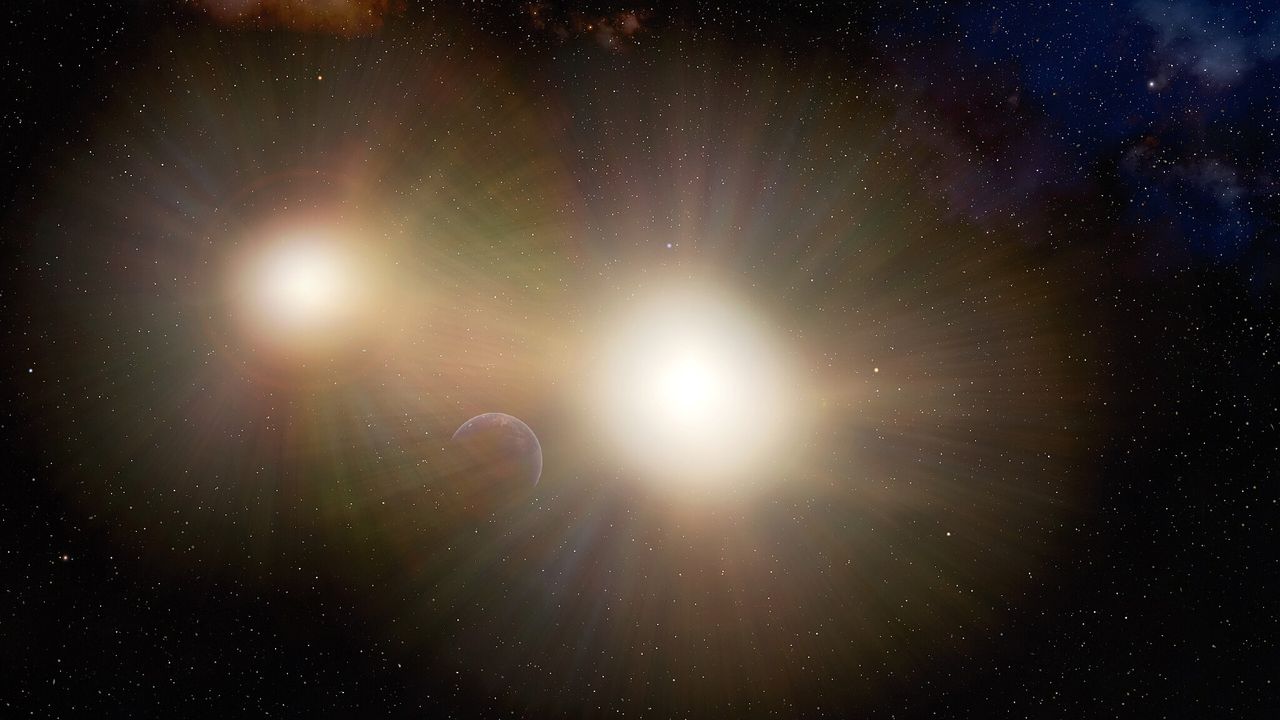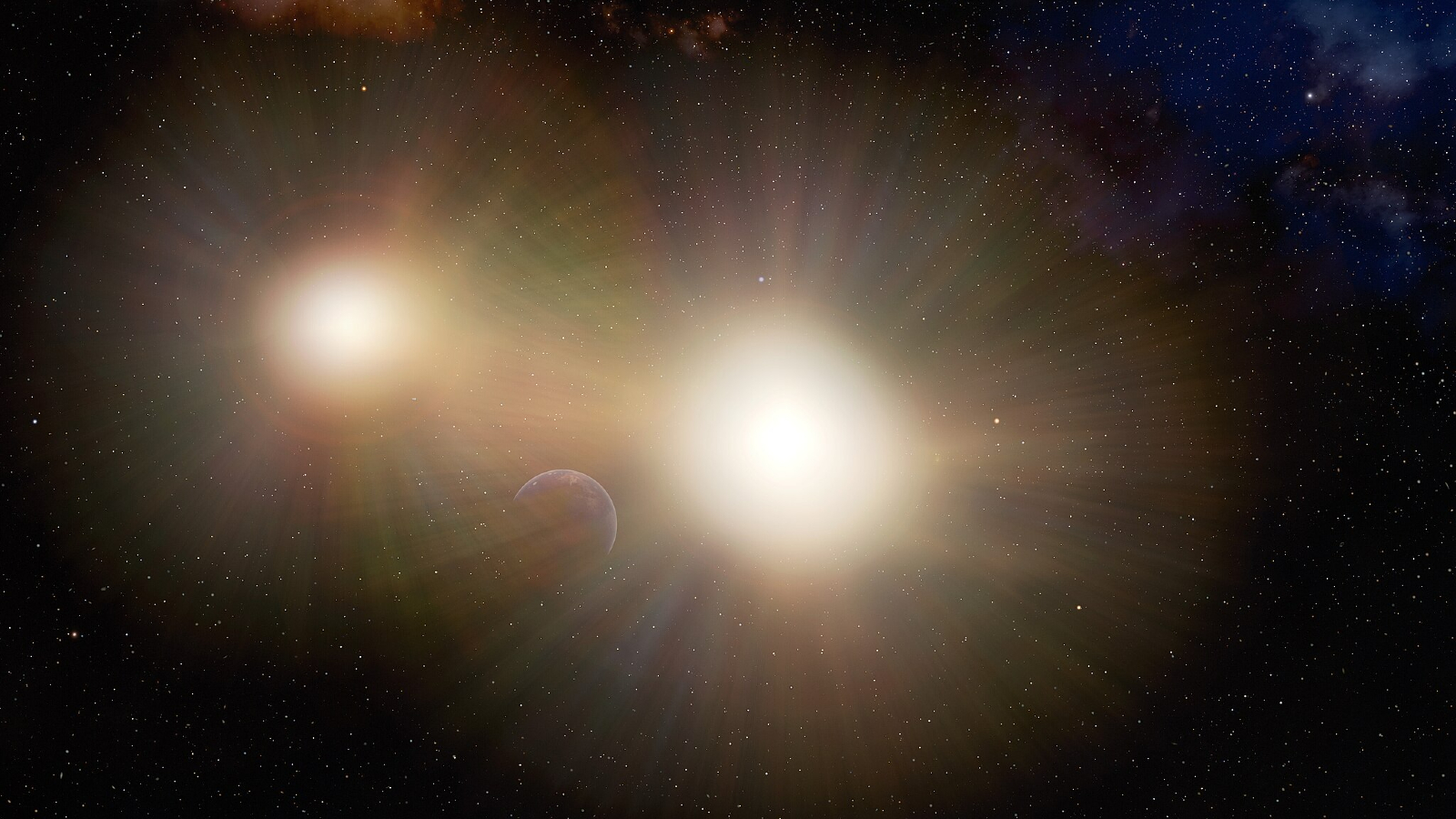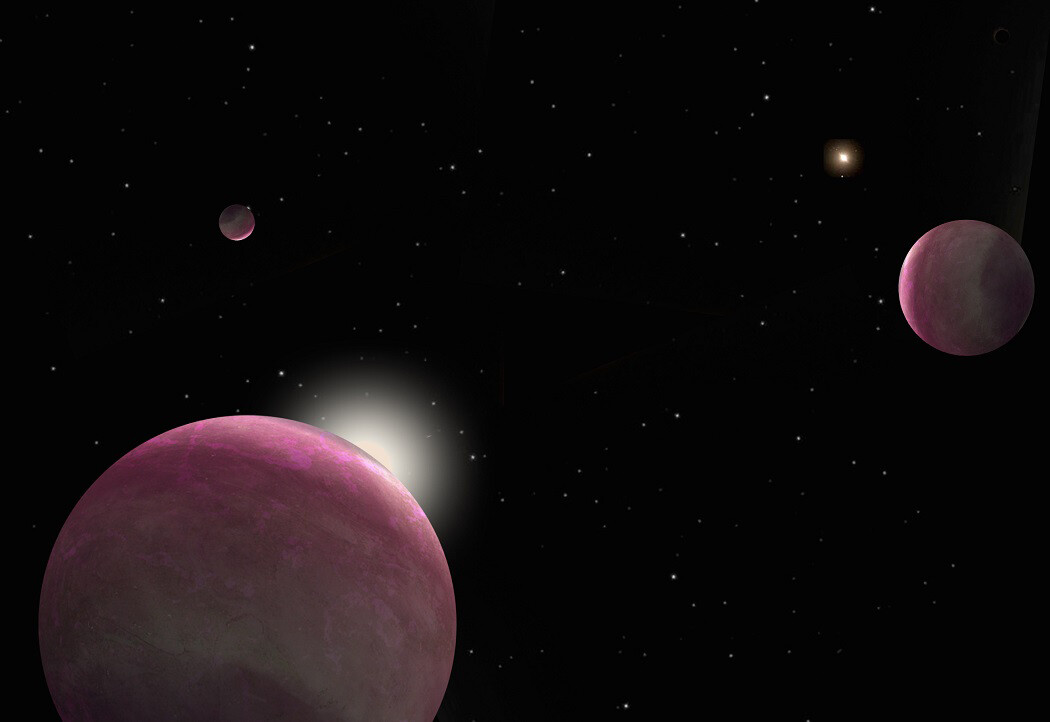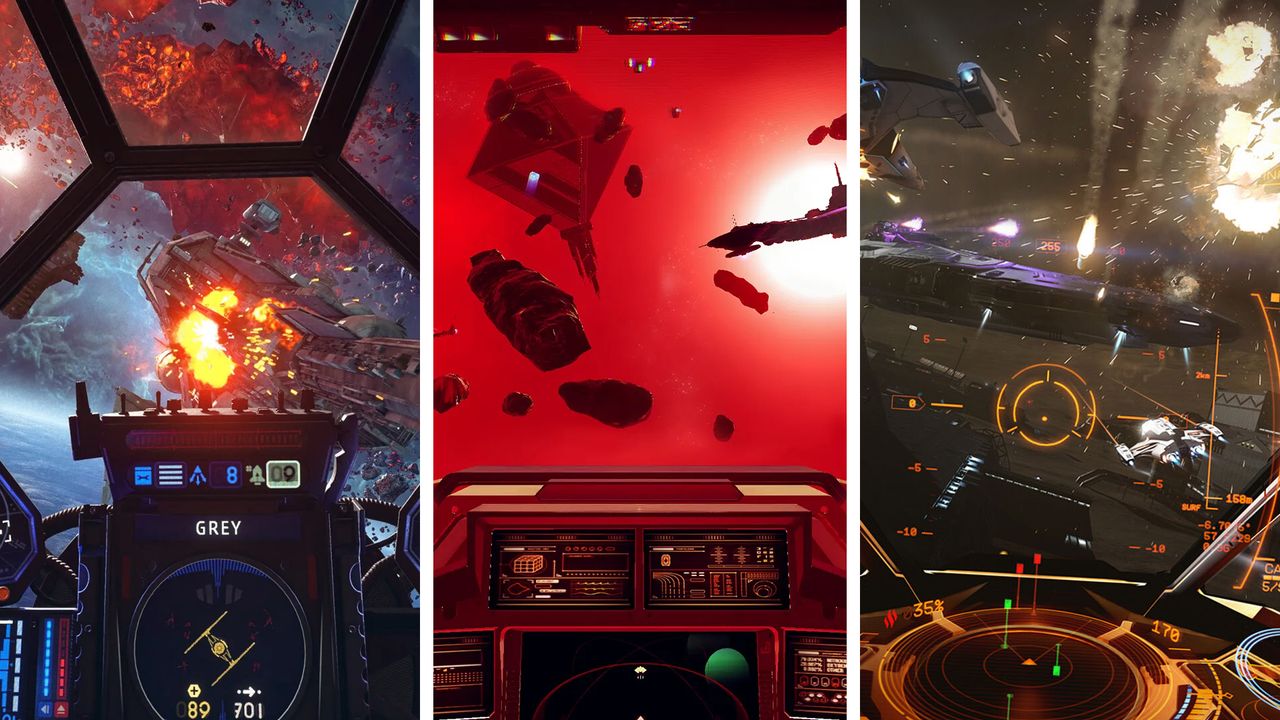Now Reading: AI Breakthrough Simplifies Understanding of Complex Binary Star Systems
-
01
AI Breakthrough Simplifies Understanding of Complex Binary Star Systems
AI Breakthrough Simplifies Understanding of Complex Binary Star Systems

Swift Summary
- Binary Star Systems: Two stars orbiting around a mutual center. They aid in determining stellar properties like mass, radius, temperature, and luminosity.
- Challenges in Measuring Properties: Physical models for binary systems are computationally expensive and time-consuming, requiring hundreds of millions of minutes to solve using traditional methods.
- AI-Based Solution: A research team developed an AI-driven deep-learning model to reduce computation time dramatically. It predicts the properties of binary star systems within seconds rather than weeks.
- Eclipsing Binary Stars: Using eclipses caused by natural alignments helps calculate stellar radii through geometric analysis.
- Results Validated: The AI system yields over 99% accuracy compared to physical models across multiple configurations. This breakthrough speeds up analyzing celestial objects and could have broader applications across various fields.



Indian Opinion Analysis
The advancement reported here highlights how deep learning-based solutions can revolutionize long-standing astrophysical challenges, offering faster pathways to understanding complex cosmic structures like binary star systems. For India, a rising player in global astrophysics and artificial intelligence research, these findings illustrate key opportunities.
India has active efforts via institutions such as ISRO and Aryabhatta Research Institute for Observational Sciences (ARIES), focusing on innovation both within astronomy and computational technologies like AI. Integrating similar machine-learning approaches could enhance domestic capabilities toward mapping stellar phenomena more efficiently while supporting India’s aim at achieving breakthroughs in space exploration.
Moreover,applying these methodologies may perhaps cascade into advancements beyond astronomy-such as weather simulations or resource optimization-which aligns with India’s growing technological sustainability goals. From academic collaboration with international researchers to developing homegrown expertise in neural networks for scientific modeling applications, this study underscores promising avenues for expanded participation from India’s STEM community on global stages.


























